My trip to Alabama included visits to several more sites that taught me about this period in history and left me inspired by the thousands of everyday people who stood for justice at a time when injustice was so widespread and blatant in their communities.
Although the story of Civil Rights Movement is not new to me, I learned a lot of new facts about people and events of the era. A week after returning, I’m still reflecting on the trip. Big ideas are bubbling to the surface as I think about my overall experience and what it means for me.
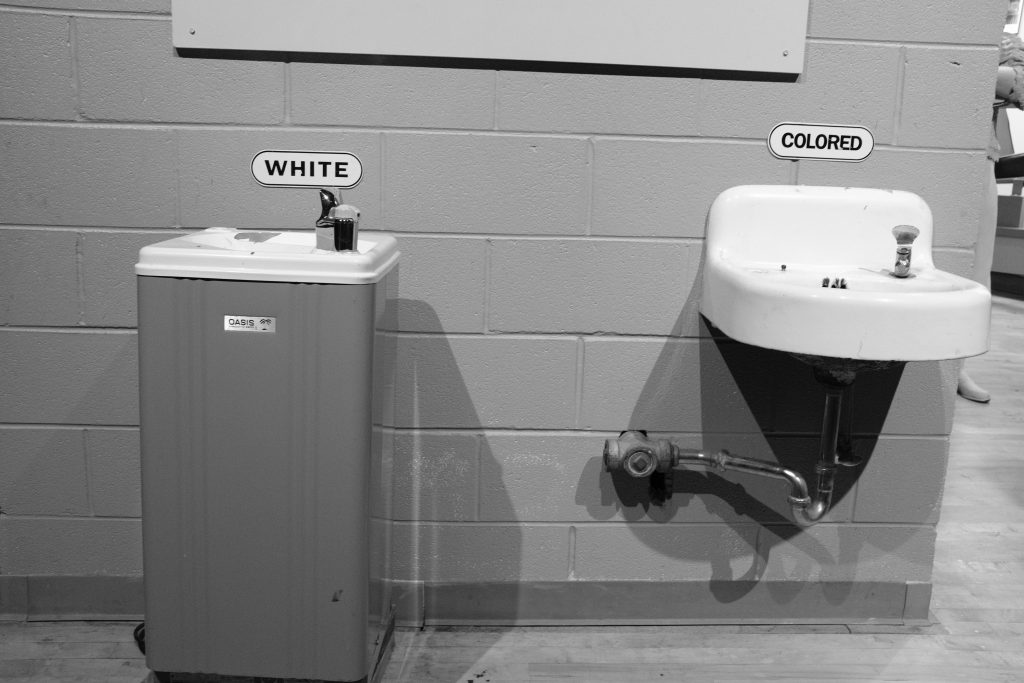
Stand Up
More than anything, I learned about the importance of individuals in standing up for what is right. Every person I read about had a choice to be involved in the movement or not. Those who took action did so at great risk to themselves and their families.
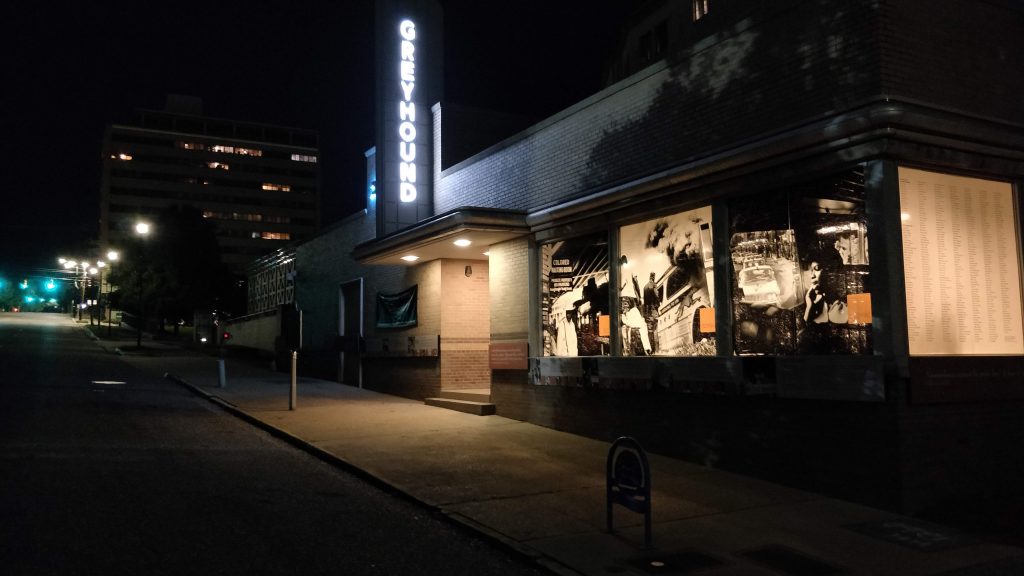
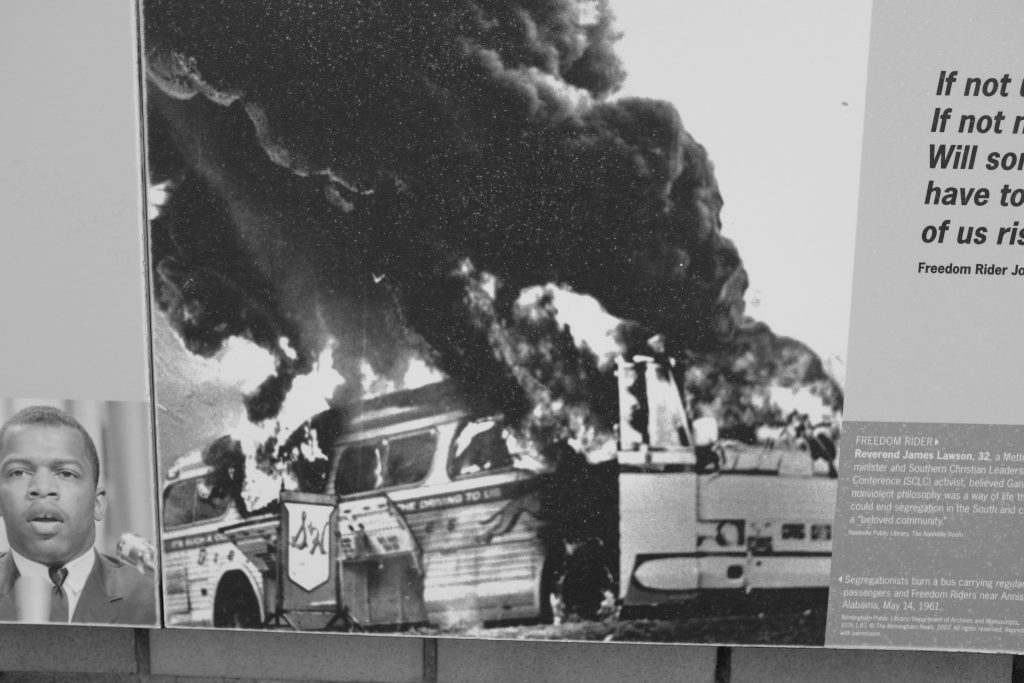
Organize
Rosa Parks didn’t stay in her seat just because she was tired from working all day, the Selma marchers didn’t just walk across a bridge, the Freedom Riders didn’t just take a ride to prove a point. All of these people were part of organized movements that involved months and years of training, planning, educating, and more. Organizing into groups to fight for justice has been and continues to be one of the most effective ways to create change.
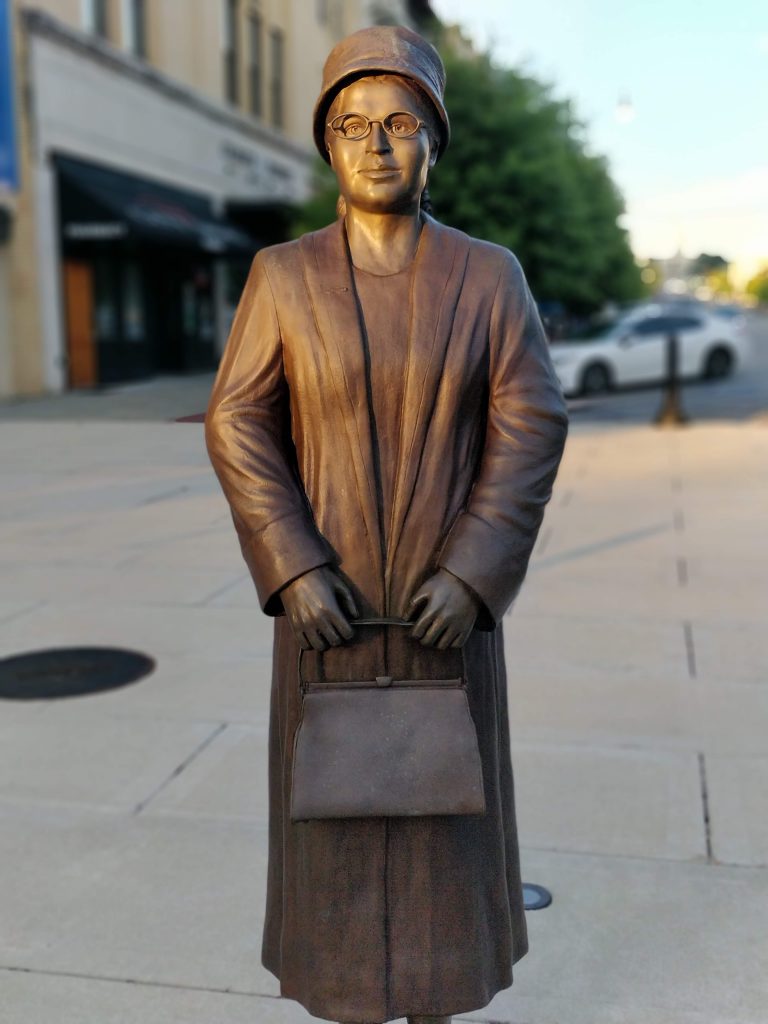
Show Courage, Patience, Persistence
Racial taunts, spitting, being ostracized, losing a job or home, frequent arrests, death threats. These were just some of the obstacles faced by anyone who supported the Civil Rights Movement. Church bombings, lynchings, and other forms of racial terror were also common. This lasted for decades. The achievements of the Civil Rights Movement happened because of the incredible courage, patience, and persistence of so many individuals. The struggle is not over. Many obstacles remain. More courage is needed.
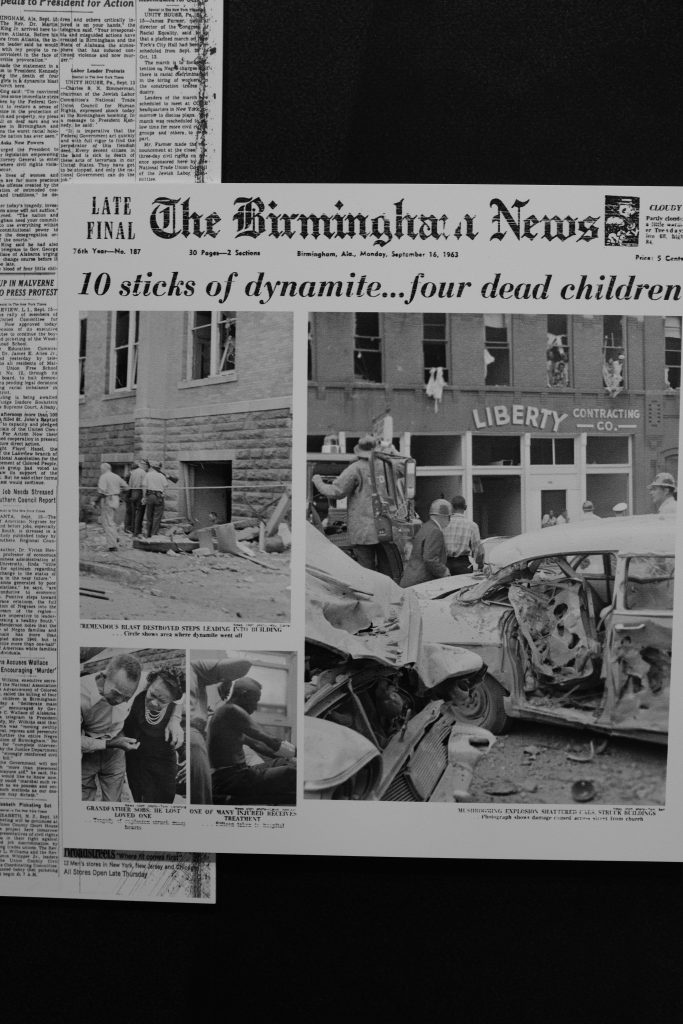
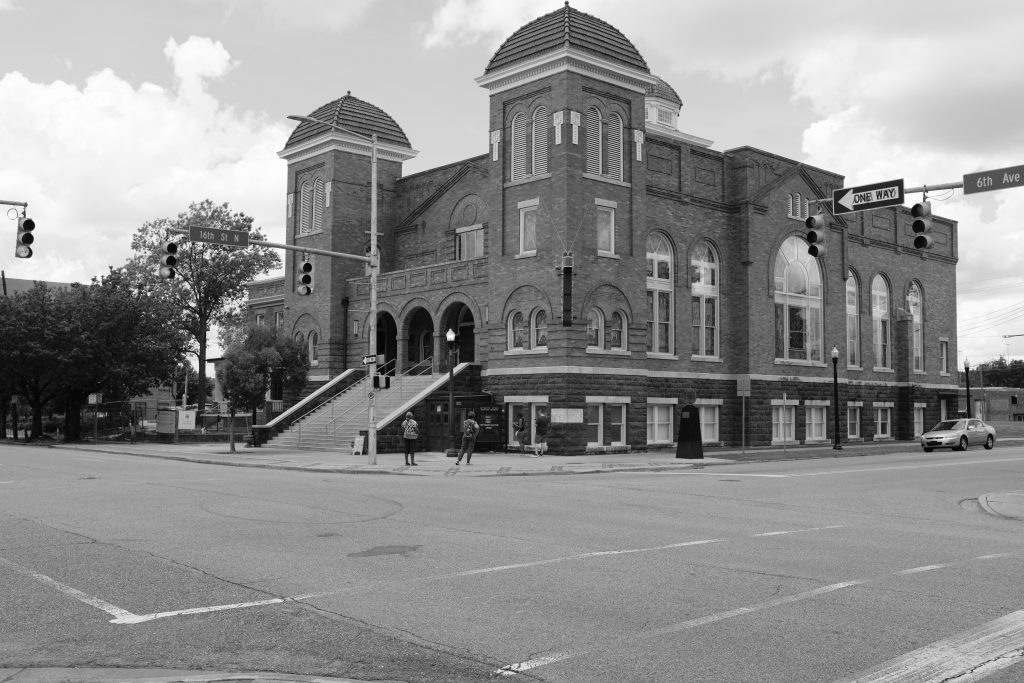
The Bombing of the Sixteenth Street Baptist Church, Birmingham, 1963
Don’t Wait
Being patient doesn’t mean waiting for justice to come along. Martin Luther King, Jr. had great patience, but he refused to wait for justice. In response to a comment from religious leaders who called his Good Friday protest in Birmingham “unwise and untimely,” King wrote his Letter from a Birmingham Jail. Excerpts follow.
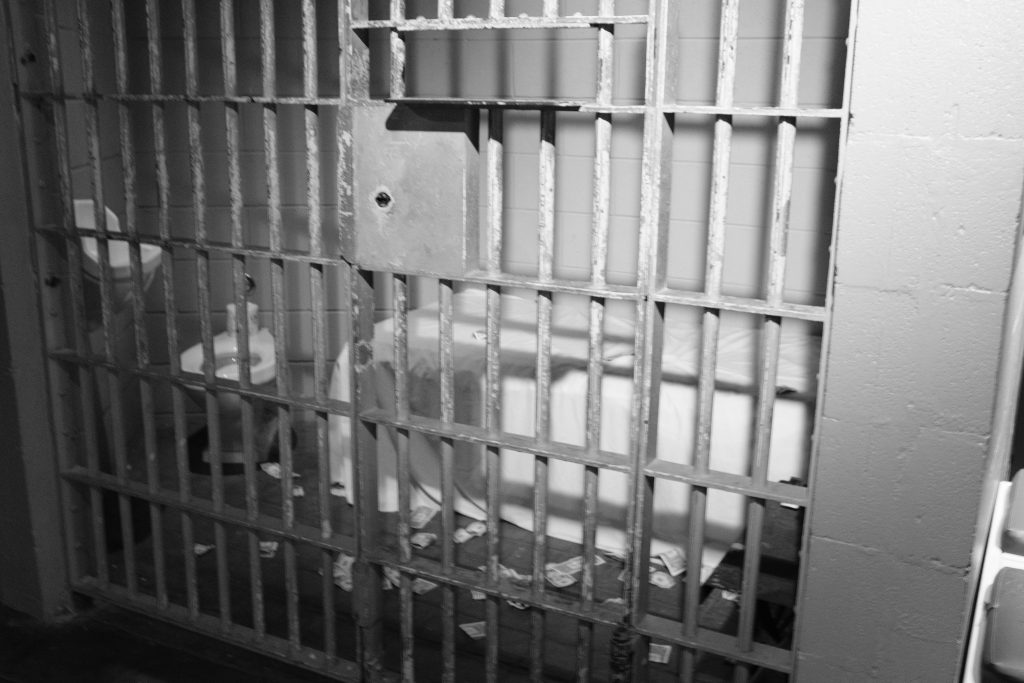
We have waited for more than 340 years for our constitutional and God given rights. The nations of Asia and Africa are moving with jetlike speed toward gaining political independence, but we still creep at horse and buggy pace toward gaining a cup of coffee at a lunch counter. Perhaps it is easy for those who have never felt the stinging darts of segregation to say, “Wait.” But when you have seen vicious mobs lynch your mothers and fathers at will and drown your sisters and brothers at whim; when you have seen hate filled policemen curse, kick and even kill your black brothers and sisters; when you see the vast majority of your twenty million Negro brothers smothering in an airtight cage of poverty in the midst of an affluent society; when you suddenly find your tongue twisted and your speech stammering as you seek to explain to your six year old daughter why she can’t go to the public amusement park that has just been advertised on television, and see tears welling up in her eyes when she is told that Funtown is closed to colored children, and see ominous clouds of inferiority beginning to form in her little mental sky, and see her beginning to distort her personality by developing an unconscious bitterness toward white people . . .
when you have to concoct an answer for a five year old son who is asking: “Daddy, why do white people treat colored people so mean?”; when you take a cross county drive and find it necessary to sleep night after night in the uncomfortable corners of your automobile because no motel will accept you; when you are humiliated day in and day out by nagging signs reading “white” and “colored”; when your first name becomes “nigger,” your middle name becomes “boy” (however old you are) and your last name becomes “John,” and your wife and mother are never given the respected title “Mrs.”; when you are harried by day and haunted by night by the fact that you are a Negro, living constantly at tiptoe stance, never quite knowing what to expect next, and are plagued with inner fears and outer resentments; when you are forever fighting a degenerating sense of “nobodiness”–then you will understand why we find it difficult to wait.
MARTIN LUTHER KING, JR.
The Children’s March, Birmingham, 1963
It’s Not Over
The injustices of the past persist today. On my many long walks through Montgomery, I saw scores of boarded up homes in Black neighborhoods, and opulent mansions with manicured lawns just a block or two away in white neighborhoods. This is not a Southern problem – the same patterns can be seen across America. The racism that exists today may be less obvious to some of us, but it is still just as dangerous.
After a week of immersing myself in this part of America’s story, I am left with a much deeper understanding of the connections between past and present. I will continue to work towards emulating activists who are creating a more just world.
Shallow understanding from people of good will is more frustrating than absolute misunderstanding from people of ill will.
Martin Luther king, jr.


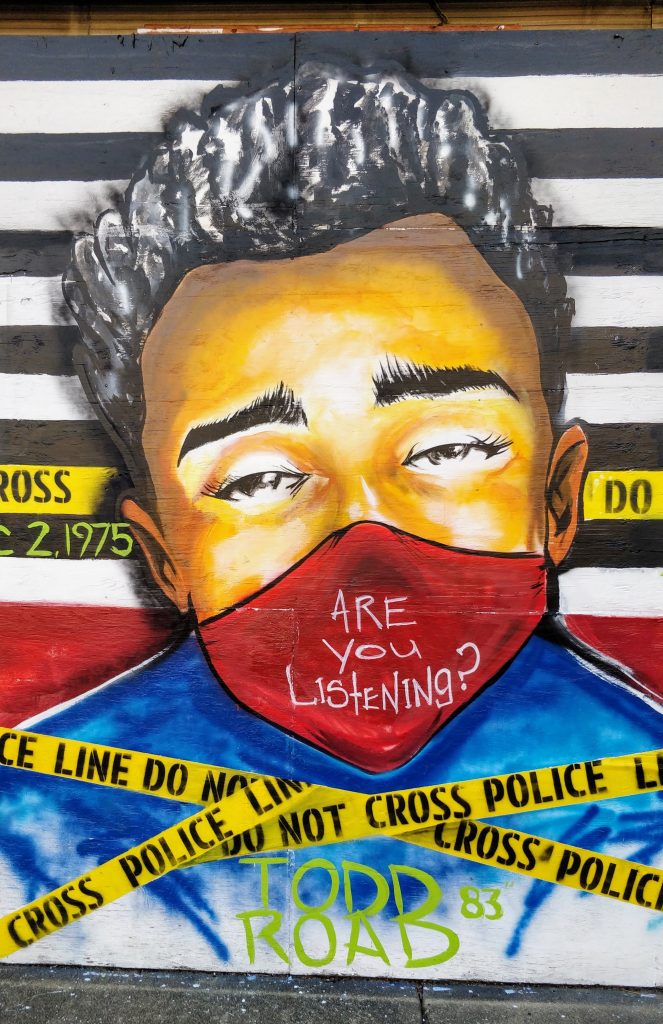
Thank you to Fund for Teachers for making this trip possible. This year, Fund for Teachers offered a new program, Innovation Circle grants, to assist previous fellows to “identify problems of practice, design personal learning experiences, and commit to navigating implementation with a cohort.” I am excited to be a part of the Equity Circle. My project will take me to Montgomery, Birmingham, and Selma, Alabama to research the history of racial inequity and economic justice in order to design lessons for a middle school Ethnic Studies course that facilitates students’ connections between past injustices and systemic racism that exists today.

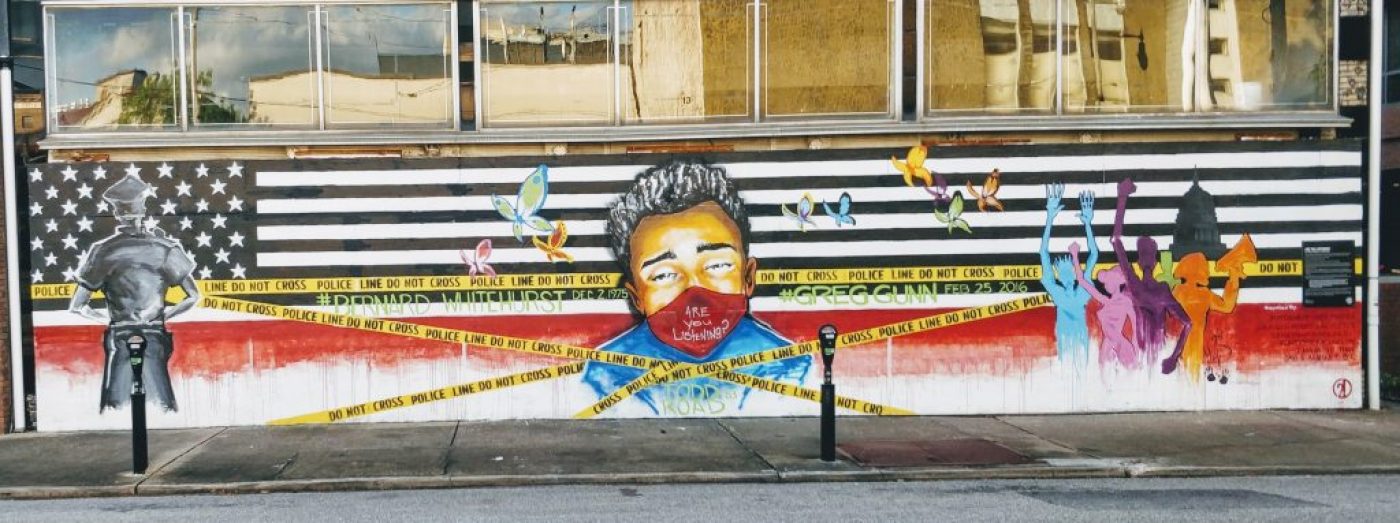
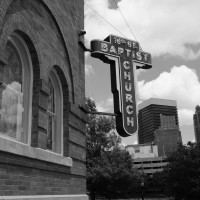
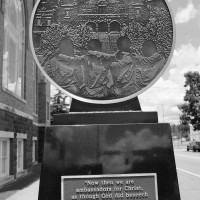
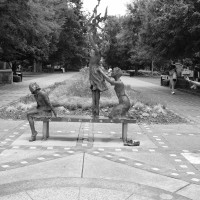
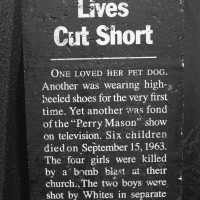
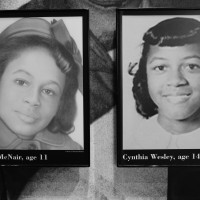
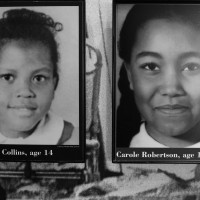

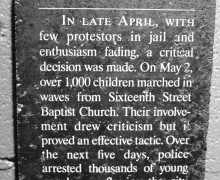
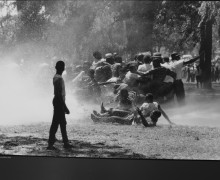

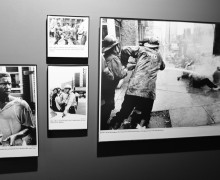
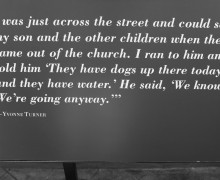

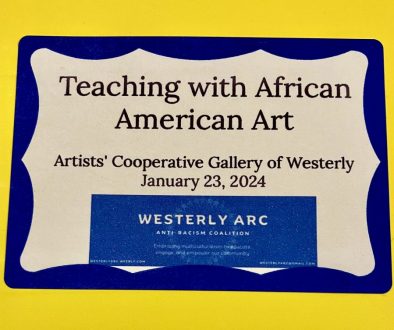
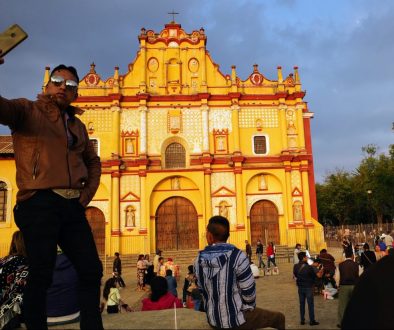
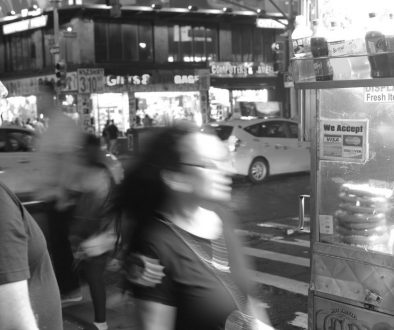
July 5, 2021 @ 18:31
Well said, Tim…..YOU are also and inspiration!
July 8, 2021 @ 20:19
Thank, Lori!
July 5, 2021 @ 19:33
Thank you for your public stance on this. We all have so much to learn and to put into action. I’m grateful that you had the chance to meet my niece, who has the same desire for true education as you do. God bless you both!
July 8, 2021 @ 20:21
Thanks for reading, Pam! I’m still learning every day. It was great to see you and meet your niece.
August 9, 2021 @ 11:04
Tim, thank you for sharing this with all of us.
September 6, 2021 @ 21:01
Thanks for reading, David!
Why I Protest | The Alternate Route
February 4, 2023 @ 22:29
[…] does not happen overnight. Racism will not end in my lifetime, so why bother? I protest because of those who came before me. The struggle for justice has endured for centuries, whether it was for civil rights, LGBTQ+ […]